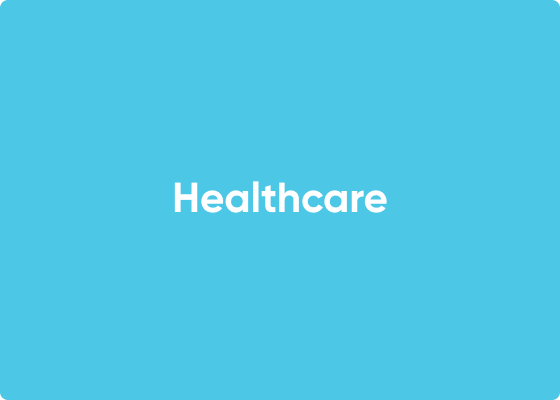Summary
Delivered for a healthcare client aiming to consolidate fragmented healthcare data and automate core services around Utilization and Care Management.
Problem Statement
The client faced challenges managing disparate healthcare data spread across multiple medical record systems, resulting in inefficient manual workflows, difficulty in proactive care coordination, and increased IT overhead. The goals were to:
- Unify fragmented healthcare data into a secure, compliance-ready platform.
- Automate manual workflows to increase operational efficiency.
- Embed advanced analytics for proactive care interventions.
- Reduce dependency on additional IT resources through configuration-driven deployment.
Project Duration
February 2024 – Ongoing (Active development and support).
Our Approach
1. Data Integration and Normalization- Developed secure APIs to ingest and normalize data from diverse electronic medical record systems, ensuring data consistency and accessibility.
- Implemented stringent compliance protocols, including encryption, granular access control, and detailed audit logging to meet healthcare regulations.
- Enabled flexible workflow automation and rule-based engines to orchestrate core care management processes without extensive custom coding.
- Designed the system architecture to be metadata-driven, allowing rapid deployment and dynamic UI configuration to adapt to changing client needs without coding changes.
Technologies Used
- Frontend: HTML5, CSS, JavaScript, Bootstrap, jQuery
- Backend: C#, ASP.NET MVC, Entity Framework 6
- Database: SQL Server, Azure SQL
- Testing: xUnit
- DevOps / Cloud: Azure DevOps, Azure Functions, Azure Storage, Azure Service Bus
- Task Mgmt: Azure Repos, Microsoft Teams, Jira
Key Features
- Modular Architecture: Two primary modules (MP & ANG) supporting dynamic UI rendering and role-based configurations with zero code changes needed.
- Seamless Data Handling: Reliable auto-save functionality using DB-first design with Entity Framework 6 and role-based access control ensuring data security and correctness.
- Comprehensive Case Management: Supports multiple case types including Appeals, Utilization Management (UM), Care Management (CM), and Assessments with versatile update workflows.
- Dual User Access: Tailored dual login experience for clients and providers aligned with their workflows and permissions.
- Mobile & Insights: Offline-capable field support with synchronization and smart dashboards enabling proactive decision-making.
Challenges Faced
- Complex Dynamic UI Configuration: Mapping UI changes via CodeDef values and role-based logic demanded rigorous testing to deliver consistent user experiences.
- Auto-Save Stability: Implementing seamless auto-save without compromising performance or risking data loss required detailed front-end and backend state coordination.
- DB-First Development Overhead: Managing schema changes and EF6 code regeneration added development complexity and required close coordination.
- Multi-Case Data Integrity: Handling diverse case types with flexible data entry points challenged workflow consistency and error handling.
- Role-Based Access Security: Designing secure, scalable access models for dual login users (clients/providers) with fine-grained permissions required detailed validation and testing.
Outcome / Result
- Delivered a fully functional, scalable healthcare platform through 9-day Agile sprint cycles, ensuring rapid, feature-complete iterations aligned with client expectations.
- Enabled dynamic case management and complex role-based access within a secure, performant environment.
- Facilitated faster workflows and reduced manual effort, empowering providers and clients with higher operational efficiency.
- Embedded real-time analytics and dashboard insights, improving proactive care coordination and decision making.
- Significantly reduced IT overhead by enabling configuration-driven deployment and minimizing the need for custom coding.
Conclusion
The platform successfully unified complex healthcare data and business workflows into a modular, secure, and user-configurable solution. Leveraging agile development, metadata-driven configuration, and modern cloud technologies, the platform drives improved care coordination, enhanced user experiences, and operational efficiencies. It is positioned as a mature, scalable foundation that supports evolving healthcare management needs for providers and clients alike.


